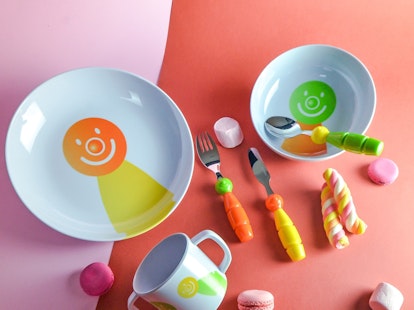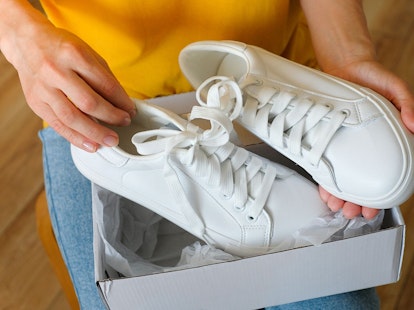SG 09/24
Switzerland has amended the nation’s law on food contact materials and articles. These will become effective on February 1, 2024.
In December 2023, Switzerland issued Official Collection 2023 836 (German, French and Italian versions) to revise the Ordinance on Materials and Articles Intended to Come into Contact with Foodstuffs (Materials and Articles Ordinance, 817.023.21, in German, French and Italian).
The amendment aims to harmonize the nation’s law on food contact materials (FCM) and articles with those in the European Union. It:
- Mainly incorporates provisions from Regulation (EU) 2020/1245, amending Regulation (EU)10/2011, on food contact plastics (SafeGuardS 134/20)
- Revises the permitted lists of substances in the Annexes by taking account of scientific and technical knowledge
- Adopts Directive 84/500/EEC for materials and articles made of ceramic, glass, enamel or other similar materials
- Deletes listed substances that were not previously evaluated for the manufacture of packaging inks (Part B to Annex 10). Non-listed substances can now be used for the manufacture of packaging inks, subject to no more than 0.01 mg/kg migration in food or food simulant and are not carcinogenic, mutagenic or toxic to reproduction (CMR substances)
- Requires packaging inks to establish a declaration of conformity (DoC)
- Repositions requirements for FCM and articles for drinking water to the Federal Department of Home Affairs Ordinance on Drinking Water and Water from Publicly Accessible Bathing and Showering Facilities (RS 817.022.11)
Highlights of several provisions in the latest amendment are summarized in Table 1.
Federal Department of Home Affairs Ordinance on Materials and Articles Intended to Come into Contact with Foodstuffs (Materials and Articles Ordinance)
Amendment of December 8, 2023
| Section | Highlights of Amendment |
|---|---|
| Section 6: Recycled plastics Article 20 ‘DoC and documentation’ |
|
| Section 8: Ceramics, glass, enamels or other similar materials Article 26 |
|
| Section 12: Packaging inks Article 35 ‘Permitted substances’ |
|
| Section 12, Article 35a ‘DoC’ |
|
| Annex 2: List of substances permitted for the manufacture of plastic materials and articles and other requirements |
|
| Annex 4: Rules relating to the assessment of conformity of plastics’ Table 4 ‘Standard testing conditions for overall migration’ |
|
| Annex 4 §2.3.2 'Replacement test for OM 7 with food simulant D2’ |
|
| Annex 4, §2.3.3.2 ‘Reusable materials and articles’ |
|
| Annex 4, Table 7 ‘Contact temperature selection’ |
|
| Annex 4, 2.4.2.1.6 ‘Repeated use articles’ |
|
| Annex 8 ‘Migration of lead and cadmium for materials and articles made of ceramic, glass, enamel and other similar materials. |
|
| Annex 8a ‘DoC for ceramics’ |
|
| Annex 9 ‘List of substances permitted for the manufacture of silicone materials and articles and requirements’ |
|
| Annex 10 ‘List of substances permitted for the manufacture of packaging inks and requirements’ |
|
| Annex 15 ‘DoC for packaging inks’ |
|
Table 1
The amendment will become effective on February 1, 2024.
Compliant FCM and articles that do not comply with Articles 35a (DoC), 35b (documentation) and Annex 15 (DoC) on packaging inks in the amendment before February 1, 2024, may be manufactured, imported, labeled and sold until January 31, 2026
FCM and articles that do not comply with other provisions in this amendment may be manufactured, imported and labeled according to the old law until January 31, 2025, and sold until stocks are exhausted
SGS technical experts have extensive knowledge and testing experience in materials and articles in contact with food. They work to ensure that your products meet the appropriate regulations for food contact materials, paving the way for compliance. From overall migration tests to expert advice on emerging regulations, compliance issues and documentation review, SGS is the partner to trust. Discover more on our website. In the end, it’s only trusted because it’s tested.
© SGS Société Générale de Surveillance SA. This publication or website is a property of SGS Société Générale de Surveillance SA. All contents including website designs, text, and graphics contained herein are owned by or licensed to SGS Société Générale de Surveillance SA. The information provided is for technical and general information purposes only and offers no legal advice. The information is no substitute for professional legal advice to ensure compliance with the applicable laws and regulations. All information is provided in good faith “as is”, and SGS Société Générale de Surveillance SA makes no representation or warranty of any kind, express or implied, and does not warrant that the information will be error-free or meet any particular criteria of performance or quality.





